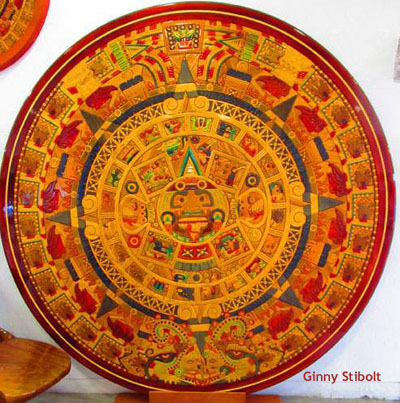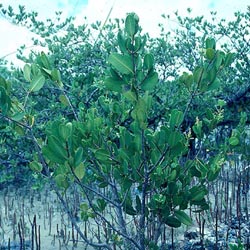Celebrate Florida in 2013

Little Talbot Island by Shirley Denton Florida has so many wonderful parks and wild places to visit. Show your support by visiting a bunch of them this year. The parks are working on slimmer budgets these days so your visits not only help them balance the budgets, but greater use also helps them justify their existence to the budget deciders in the state government. You can also support your state parks by volunteering on a regular basis and also by letting your state representatives know how you feel about our wonderful state parks. Recently on Facebook, John M. sent us a message: "Next week two of us from Birmingham Botanical Gardens will be traveling from Birmingham to Lee, FL, then to Florida Caverns State Park, and finally to the Pensacola area to participate in a sarracenia rescue. We are interested in visiting some botanically interesting areas along the way. Might you have any suggestions? Kind thanks, John Instead of trying to answer the question myself,










